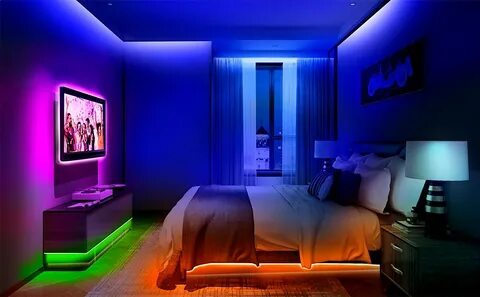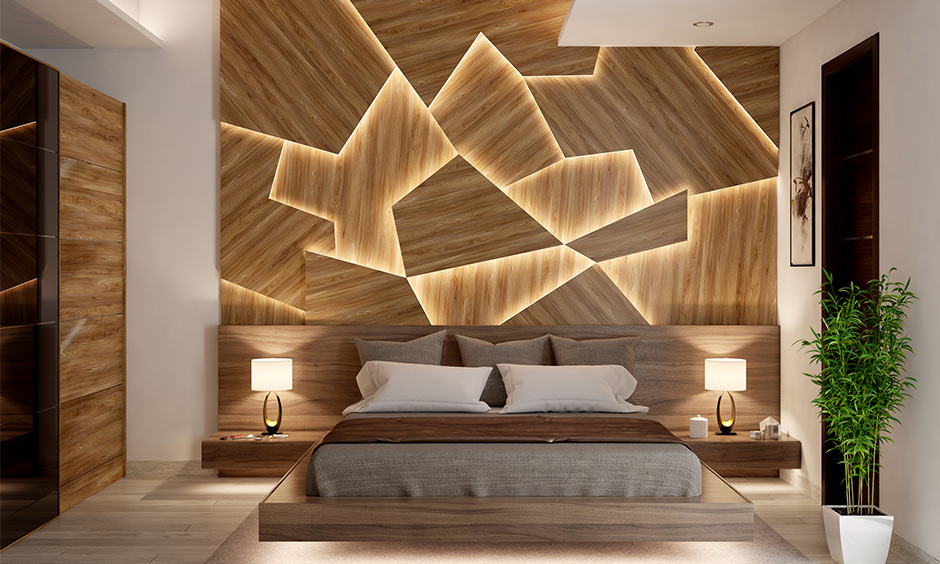Lighting is one of the most crucial elements of any room decor. It can change the mood, enhance functionality, and even transform the aesthetics of your home. With my personal experience in decorating various spaces, I’ve come to appreciate the art of lighting more than anything else. In this guide, we’ll dive deep into the world of room decor lighting, exploring styles, types, and practical tips to brighten your space the right way.
Understanding the Importance of Lighting in Room Decor
Before we delve into the types of lighting and their applications, it’s essential to understand why lighting is important. Proper lighting can:
- Create Ambiance: Set the mood for relaxation or energy.
- Enhance Aesthetics: Highlight design details and decor elements.
- Improve Functionality: Ensure spaces are suitable for tasks like reading or cooking.
Types of Room Decor Lighting
1. Ambient Lighting
Ambient lighting is the primary source of light in a room, providing overall illumination. It’s what allows you to maneuver through your space safely.

Examples of Ambient Lighting:
- Ceiling-mounted fixtures
- Pendant lights
- Chandeliers
2. Task Lighting
Task lighting focuses on specific areas where activities requiring more light are performed, such as reading or cooking.

Examples of Task Lighting:
- Desk lamps
- Under-cabinet lights in kitchens
- Reading lights next to seating areas
3. Accent Lighting
Accent lighting is used to highlight specific features or areas within a room, such as artwork or architectural details.

Examples of Accent Lighting:
- Track lighting
- Sconce lights
- Spotlights
Choosing the Right Lighting for Each Room

Living Room Lighting
When lighting the living room, it’s crucial to incorporate a mix of ambient, task, and accent lighting. A warm ambiance makes it a cozy gathering place.
| Lighting Type | Examples | Pros | Cons |
|---|---|---|---|
| Ambient | Chandeliers, ceiling lights | Overall illumination | Can be too harsh if not diffuse |
| Task | Floor lamps, table lamps | Focuses on specific areas | May take up space |
| Accent | Picture lights, wall sconces | Highlights art & architecture | Can create shadows if mispositioned |

Bedroom Lighting
In the bedroom, the aim should be to create a calm, relaxing environment. Use soft, layered lighting to achieve a restful atmosphere.
- Use bedside lamps for reading.
- Consider dimmer switches for flexibility.
- Accent lighting can highlight artwork or photos.

Kitchen Lighting
The kitchen requires bright, functional lighting. Combine ambient lighting with task-focused solutions to ensure safety and efficiency.
- Install under-cabinet lighting to illuminate countertops.
- Consider pendant lights over islands for extra task light.

Bathroom Lighting
The right bathroom lighting can make a difference in both functionality and relaxation. Ensure that spaces are well lit, especially around mirrors.
- Use wall sconces on either side of mirrors for flattering light.
- Consider a combination of ambient and task lighting for versatile use.
Trends in Room Decor Lighting
Smart Lighting
With the advancements in technology, smart lighting has become increasingly popular. These lights can be controlled via smartphone apps or voice commands.
Advantages of Smart Lighting:
- Customizable settings for different moods.
- Energy-saving capabilities.
- Convenience of remote control.
LED Lighting
LED lights are an energy-efficient option that lasts longer than traditional bulbs. They come in various colors and styles, making them a versatile choice for any decor.
Pros and Cons of LED Lighting:
- Pros: Energy-efficient, long-lasting, variety of colors.
- Cons: Initial cost can be higher than traditional bulbs.
Tips for Layering Light Effectively
Layering different types of lighting enhances the overall design of your space. Here’s how to mix ambient, task, and accent lighting effectively:
- Start with a strong ambient light source, like a ceiling fixture.
- Add task lighting where needed, such as desk lamps in a study area.
- Incorporate accent lighting to draw attention to decor pieces.
Common Mistakes in Room Lighting and How to Avoid Them
1. Overlooking Natural Light
Natural light is the best source of illumination. Always consider window treatments that maximize this feature while offering privacy.
2. Not Matching the Scale of the Room
Using oversized fixtures in small rooms or vice versa can disrupt the balance. Measure your space before purchasing lighting fixtures.
3. Ignoring Dimmer Switches
Dimmer switches allow you to control the light level, adapting the room to different activities and moods. Don’t skip this simple addition!
Conclusion: Create Your Perfect Lighting Setup
Lighting is an art, and like any art form, it requires thoughtful consideration and creativity. By understanding the different types of lighting and how they work together, you can significantly enhance your home’s ambiance and functionality. Whether you are upgrading a room or starting from scratch, remember to layer your lighting, consider the activities in your space, and incorporate trends like smart or LED lighting for a modern touch.
Frequently Asked Questions (FAQs)
What are the three main types of lighting for home decor?
The three main types of lighting in home decor are ambient, task, and accent lighting. Each serves its unique purpose, contributing to the overall illumination and aesthetics of a space.
How can I make a small room feel larger with lighting?
Using bright lighting, especially LED bulbs, can make a room feel more open. Additionally, using mirrors strategically can reflect light and create the illusion of space.
Can I mix different types of lighting in one room?
Absolutely! Mixing ambient, task, and accent lighting can create a dynamic and functional space. Just ensure you maintain a cohesive style to tie it all together.
What color temperature is best for home lighting?
Warm white (2700K-3000K) is often recommended for living rooms and bedrooms for a cozy atmosphere, while cooler temperatures (4000K-5000K) are ideal for workspaces, such as kitchens and offices, for better visibility.
How do I choose the right pendant light for my dining area?
Consider the scale of your dining table in relation to the pendant light. A larger table generally requires a larger fixture, and ensure the bottom of the pendant hangs about 30 to 36 inches above the table for optimal light distribution.